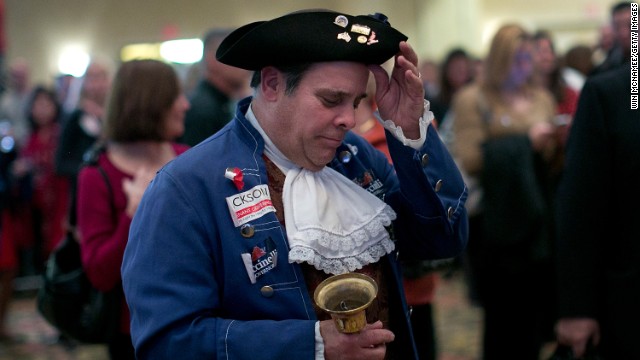[ad_1]
The second date was, well, Monday, when the Trump White House and key Democratic and Republican leaders in Congress agreed to a two-year budget deal that further unraveled the spending strictures put in place by tea party Republicans in 2011 and suspended the debt ceiling through July 2021 — and, in practical terms, well into 2022.
“This represents a fitting conclusion of the Budget Control Act — the crown jewel of the 2011 ‘tea-party Congress.’ The decade-long shredding of these hard-fought budget constraints mirrors the shredding of Republican credibility on fiscal responsibility.”
Correct. The deal, which still needs to be approved by both House of Congress and then signed into law by President Donald Trump (so, you just never know!), is a sort of final death throe of a movement that has been limping along — mortally wounded but still, somehow, breathing — ever since Trump emerged on the political scene.
Unlike many of his rivals for the 2016 presidential nomination — Jeb(!) Bush, Ted Cruz — Trump never expressed any real concern about the rising deficits (and debt) in the country, nor did he seem terribly concerned about its potential impacts on the economy either now or in the future.
The truth is that the tea party was on its way out before Trump emerged on the scene. Almost since the moment the tea party movement pushed through the Budget Control Act in 2011, politicians — on both sides — have been trying to claw back some of the spending they gave up in that deal.
Looking back over the last 10 years, it’s a remarkable arc. The tea party was the dominant movement in American politics at the start of the decade — seizing control of the Republican Party and pushing out Speaker John Boehner (Ohio) in the process. But then the tea party forces watched as Trump grabbed the GOP by the throat and (still) hasn’t let go.
The tea party has been left dead by the side of the road, one of the many casualties of the presidency of Donald Trump.
[ad_2]
Source link

